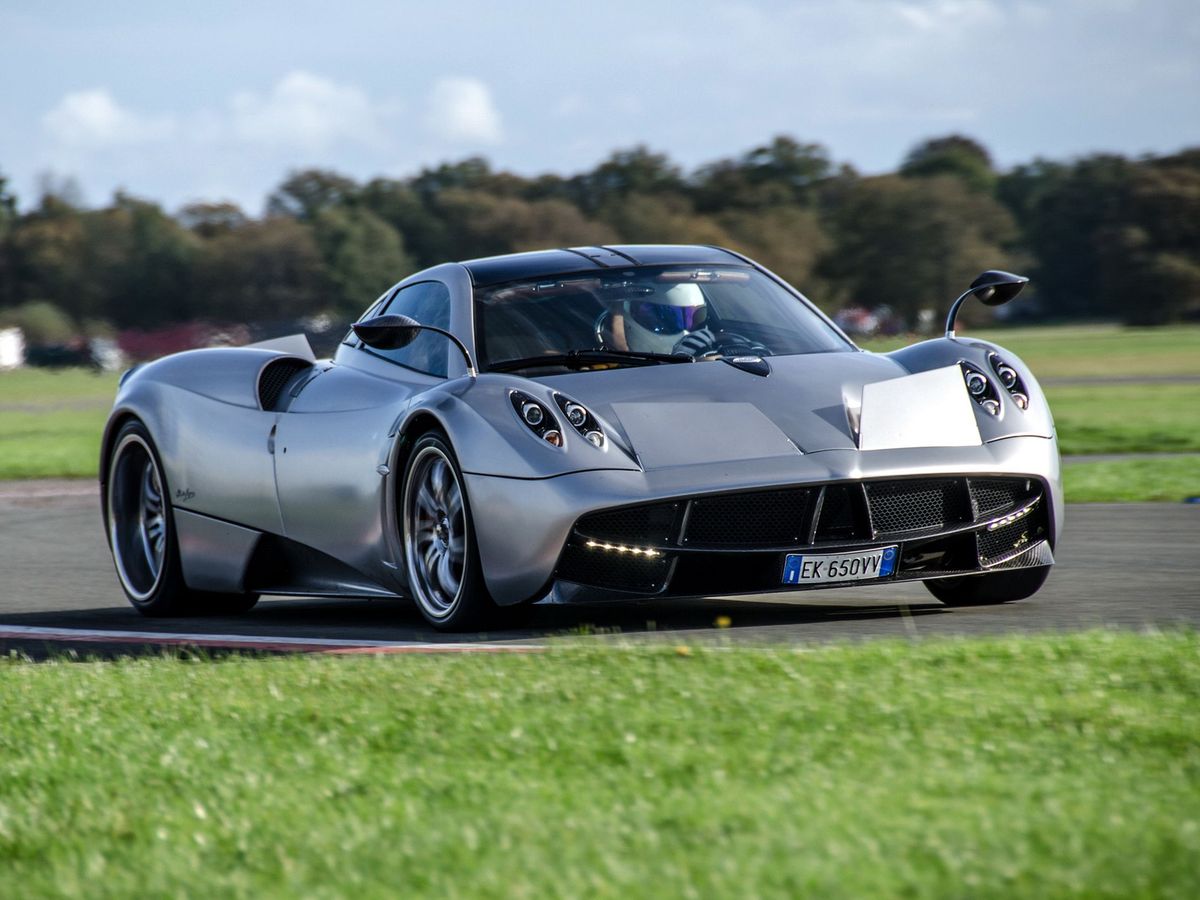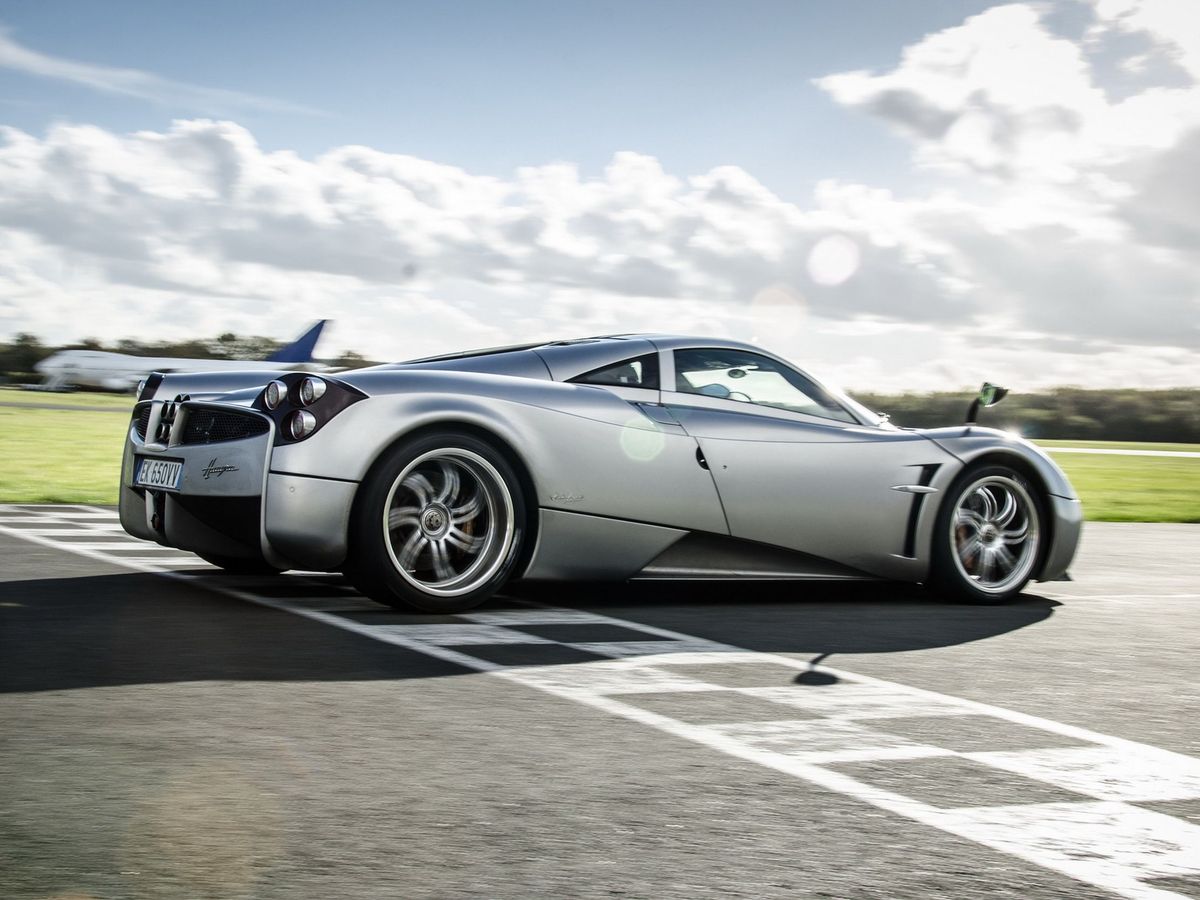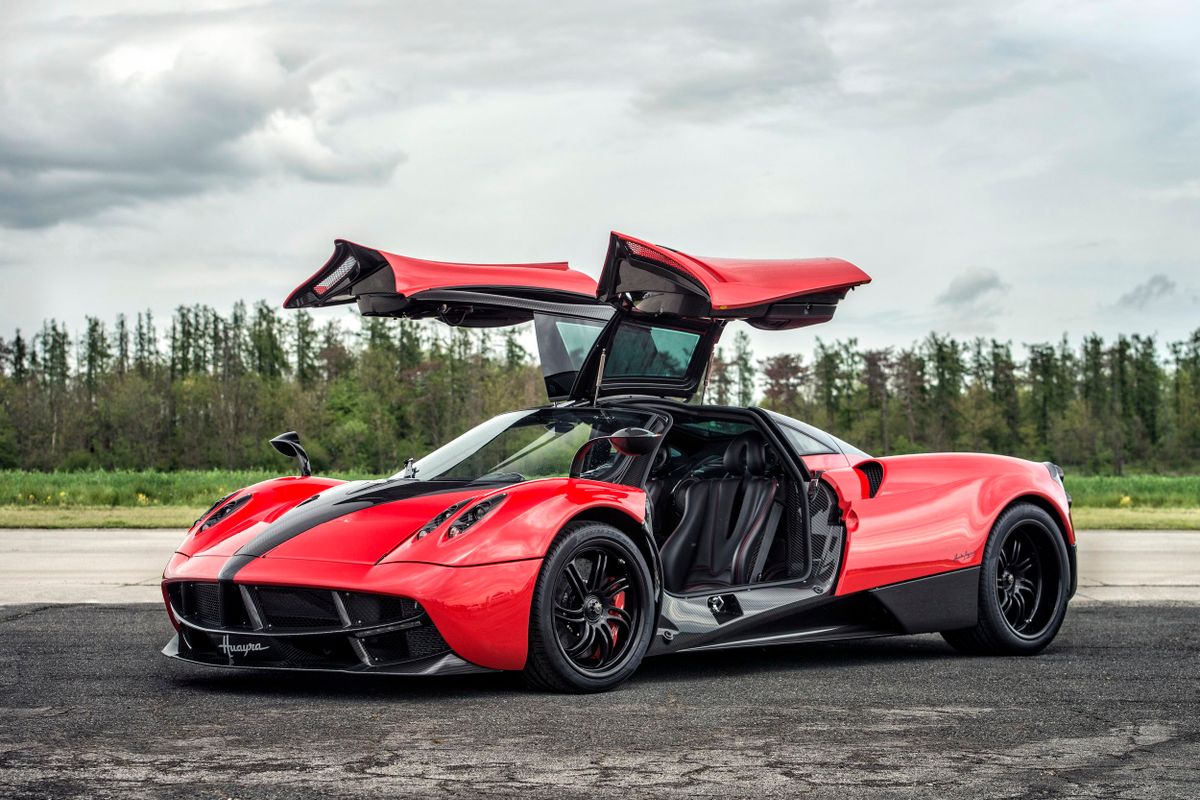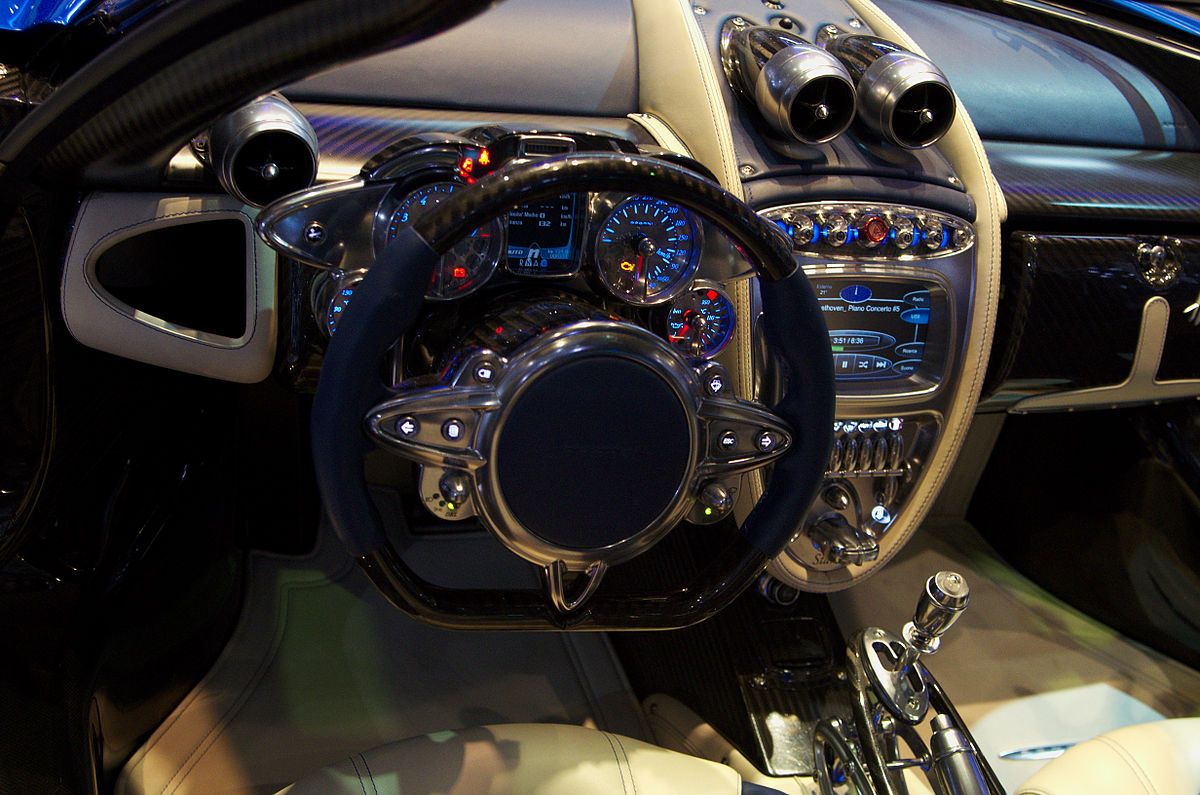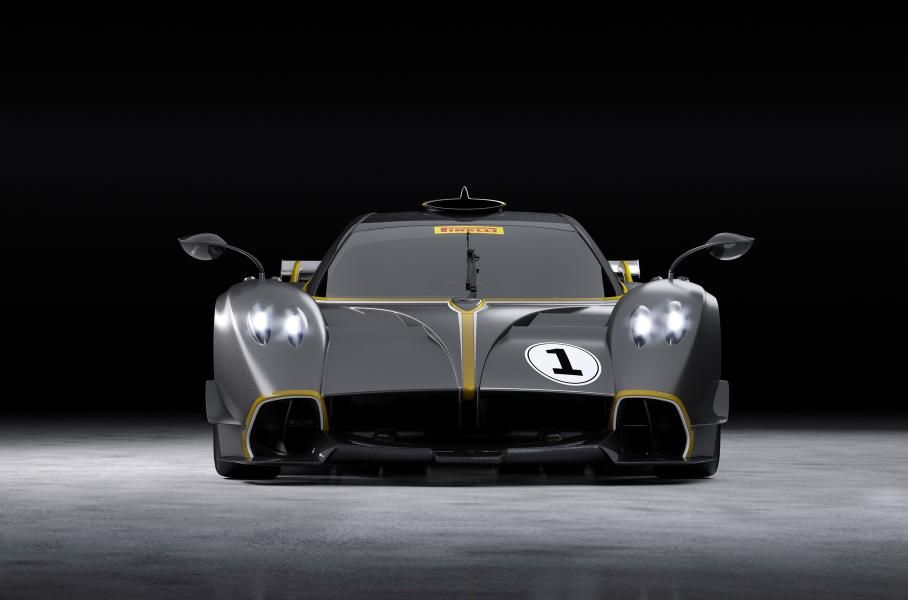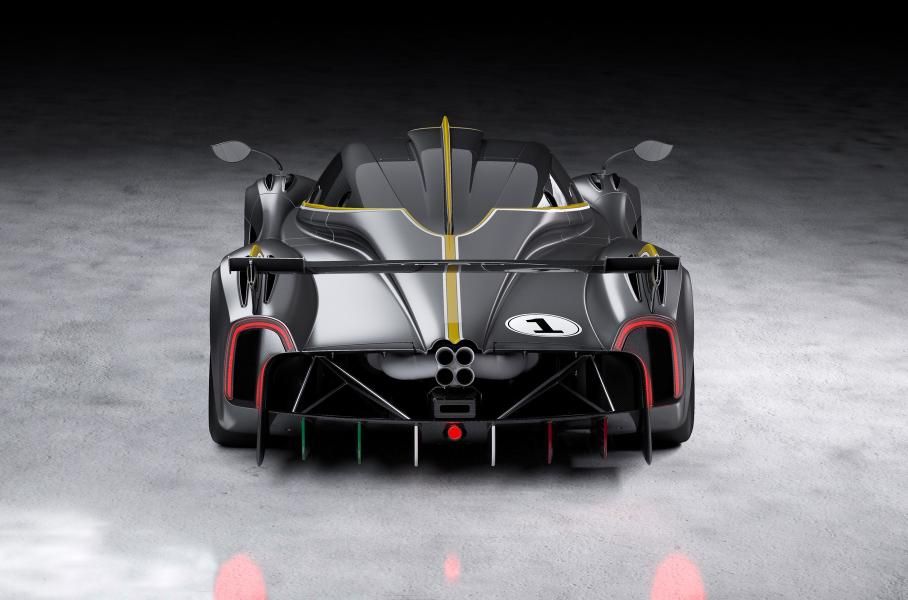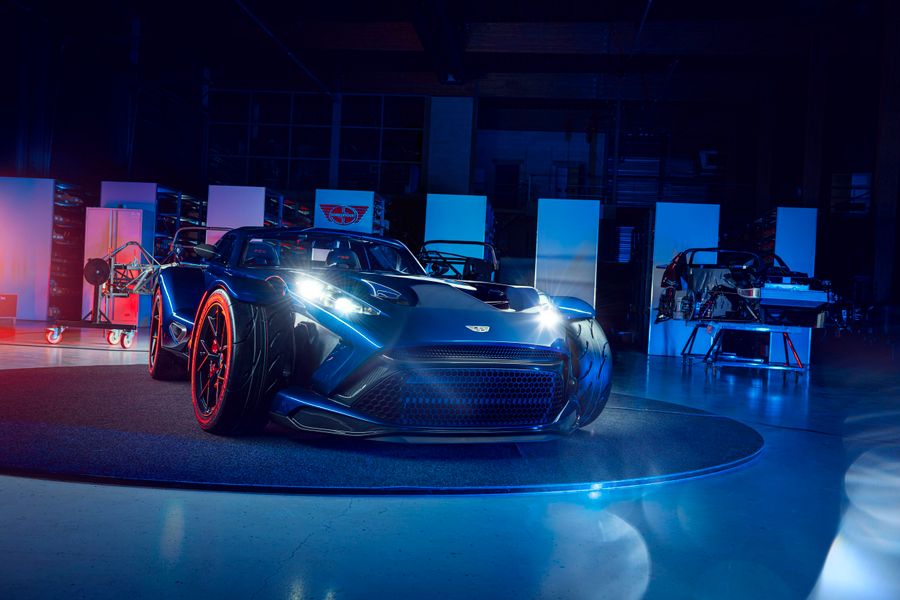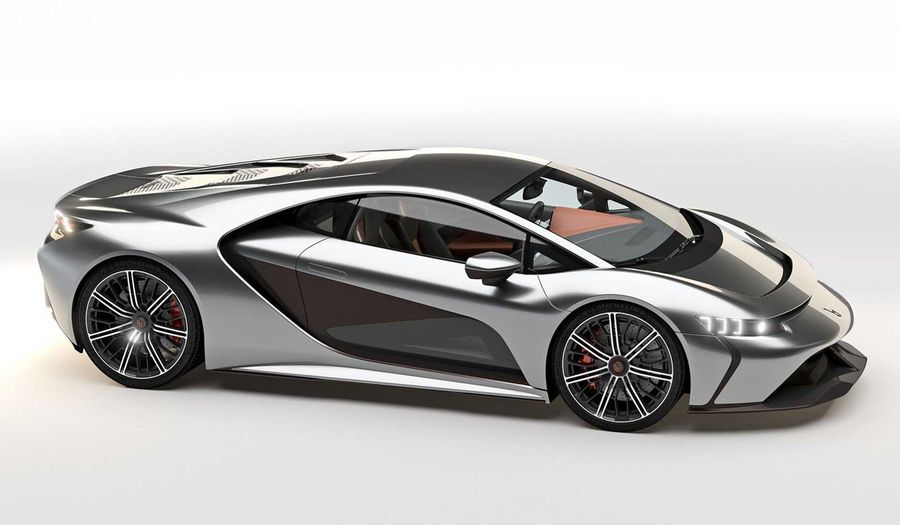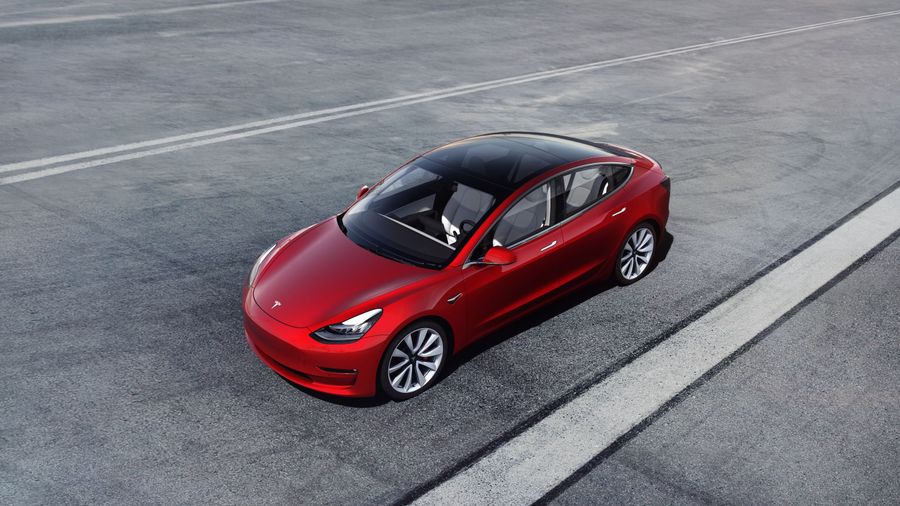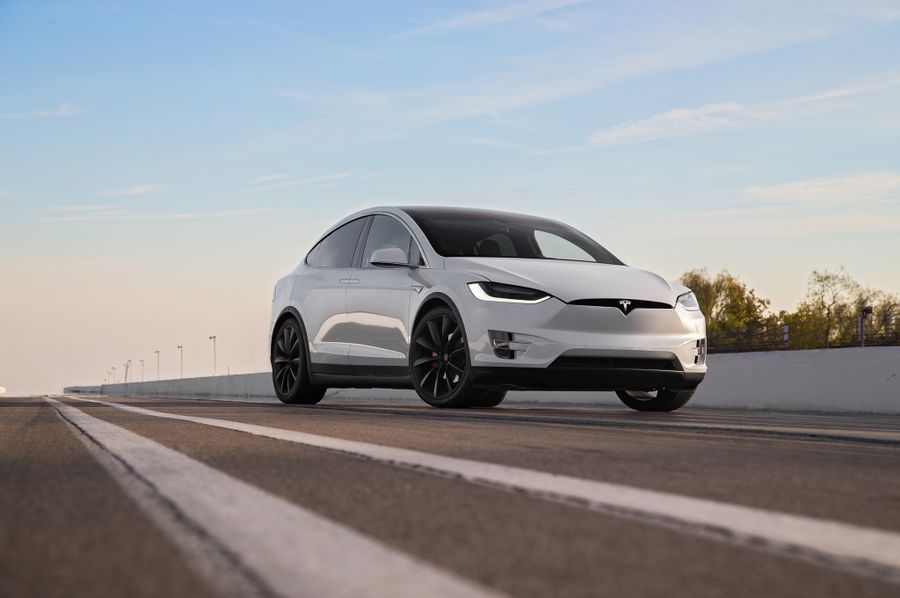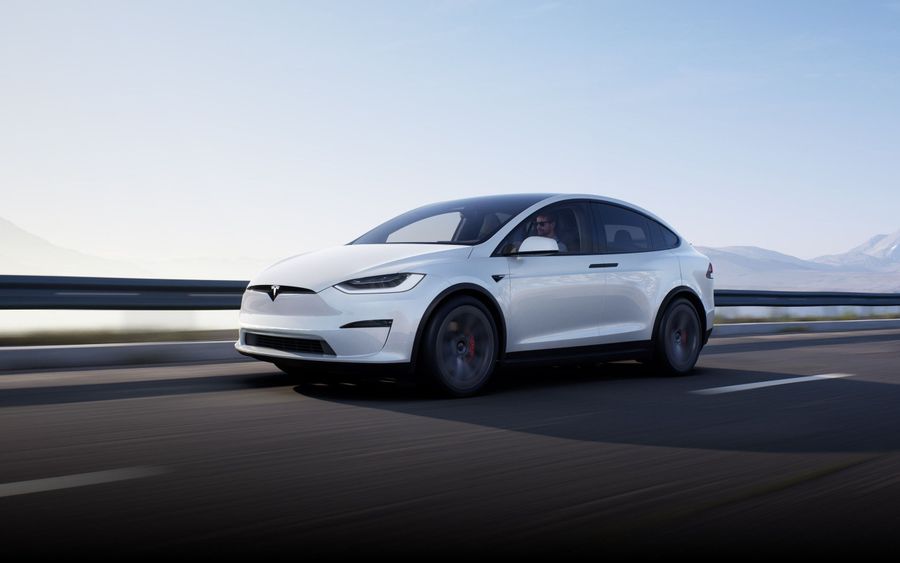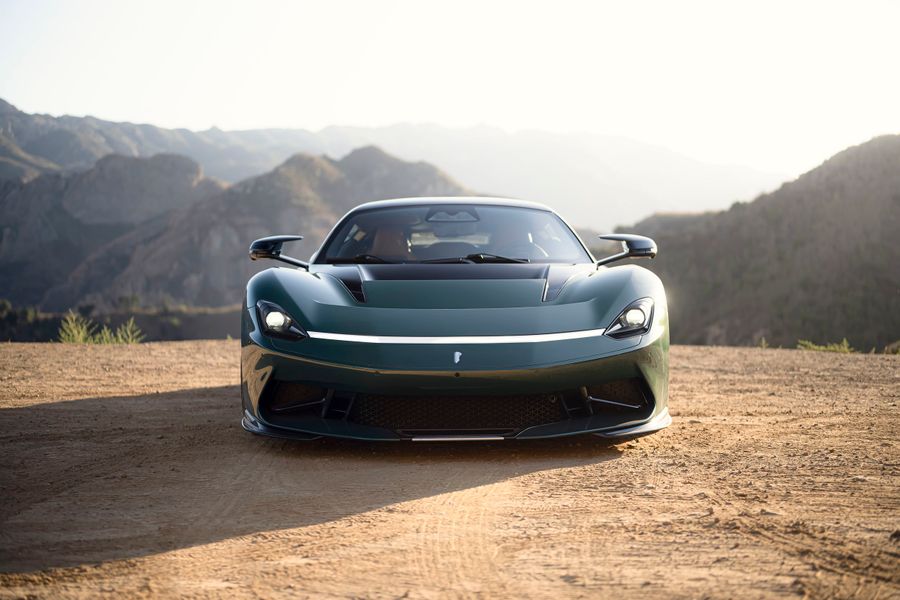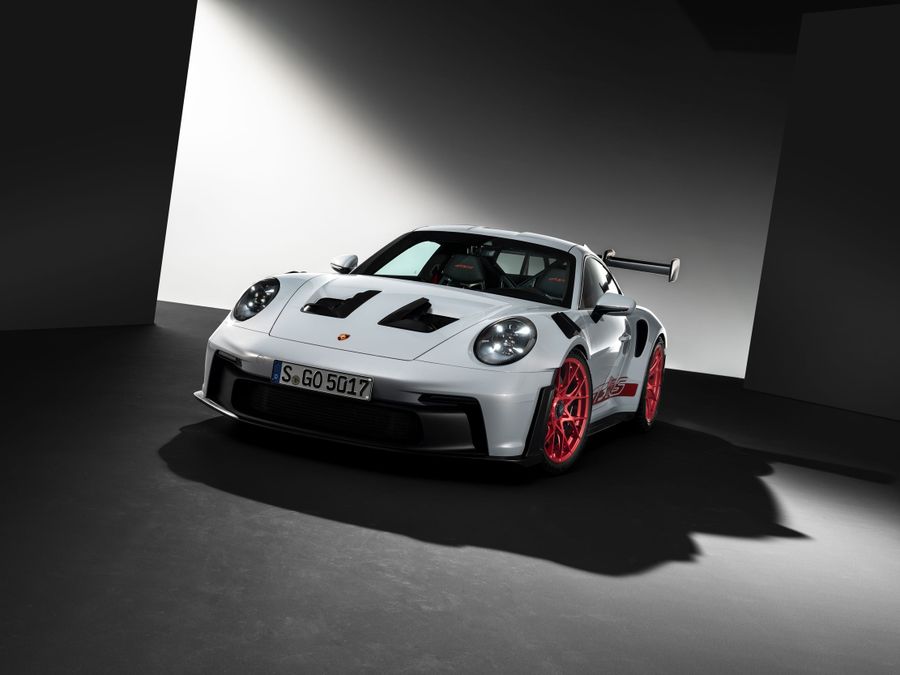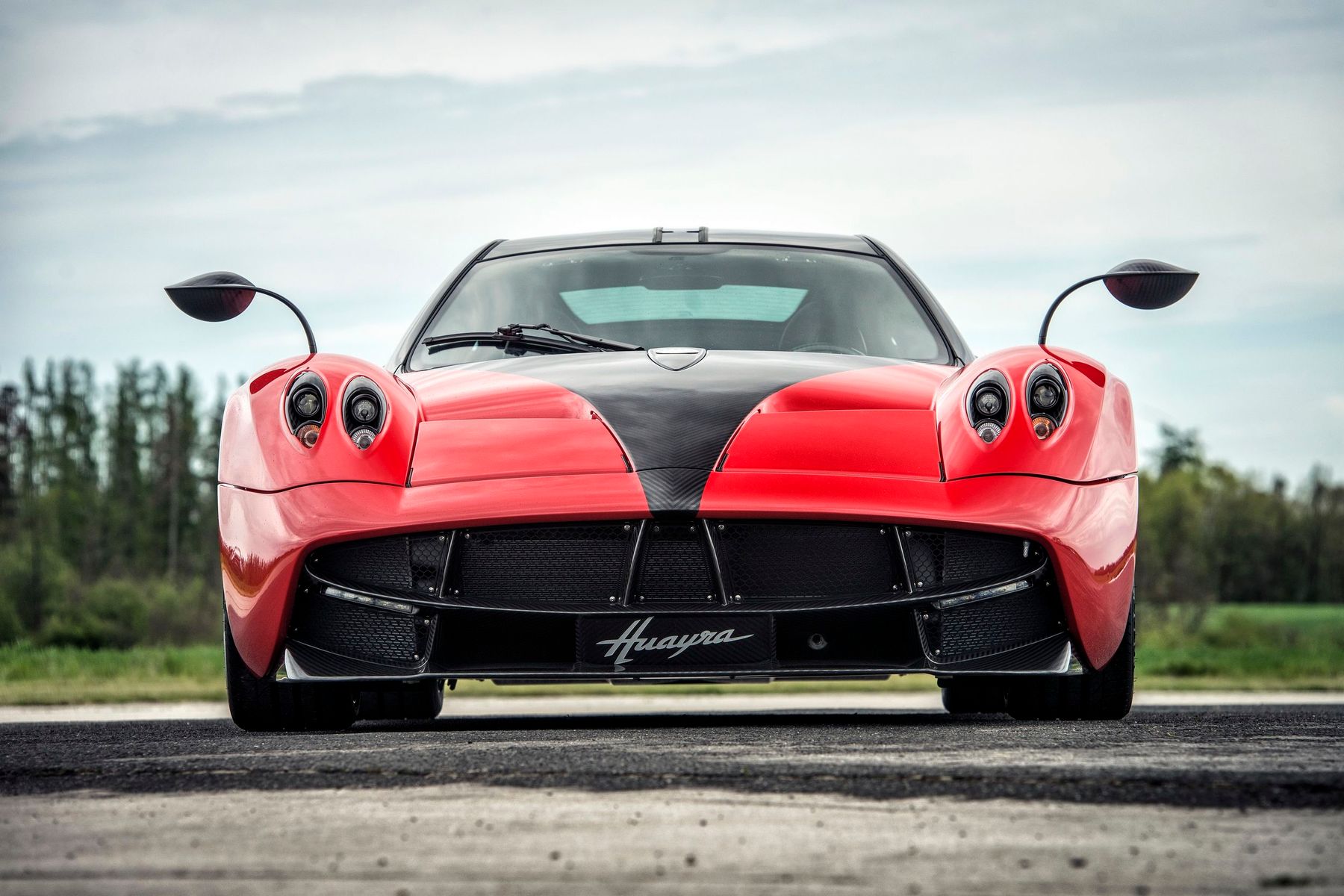
On the wings of the wind
The Pagani Huayra is a hypercar with a mid-engine layout manufactured by the small Italian company, Pagani Automobili S.p.A. It has been produced since spring 2012 in batches of 20 units per year. The car was unveiled at the 2011 Geneva Motor Show. Huayra means ‘wind’ in Quechua, the ancient Inca language. This is the second model of the company after the Pagani Zonda supercar, which debuted in 1999 and was produced until 2011 (production volume was approximately 10 cars per year). Released in 2009, the Pagani Zonda R had only 10% of the components of the base model and actually became the prototype of the future Huayra.
The Pagani Huayra was featured in Transformers: Age Of Extinction (2014), playing a role of a Decepticon named Stinger. The car was painted red and black to match its character, a robot, which was built by people in accordance with transformer technologies.
Chassis and body
The sports car featured a monocoque body. The creators call its design ‘carbotanium’, a term derived from two key materials: carbon fiber (the second name is carbon) and titanium. This composite material was tested on the Zonda R. The car had a gull-wing door and a fuel tank located vertically behind the passenger compartment. The coupe was 4,605 mm long, 2,036 wide and 1,169 high, and had a wheelbase of 2,795 mm. It weighed 1,350 kg.
The Pagani Huayra is a Decepticon Stinger from Transformers: Age of Extinction (2014).
The body of the ‘windy’ Italian Huayra was equipped with many active aerodynamic elements. The front shock absorbers changed the height of the position of the front end of the car, lowering it at high speeds and raising it at low speeds. Thus, it was possible to choose between practicality and low air resistance. The front face featured a pair of flight spoilers designed to vary the downforce. They easily replaced the standard spoilers in creating additional downforce, and due to the completely independent design of each spoiler, they were able to compensate for the rolling moment, increasing the angle of attack on the inner side of the car when cornering. But that’s not all: when braking, the rear flight spoilers stood as vertically as possible, performing the function of an air brake. With extreme braking, the active front suspension came into play: the front end of the car rose and, together with the stern, which was maximally loaded with the rear flight spoilers, compensated for the significant trim on the front axle at such moments. In turn, this allowed the car to maintain high agility even in the most critical moments.
Powertrains
In 1994, Mercedes-Benz agreed to supply engines to Pagani. They were installed on the Zonda, and then on the Huayra. The latter equipped its modifications with a twin-turbocharged V12 engine from Mercedes-AMG with the cylinders arranged at 60 degrees. In this case, the engine developed over 700 hp and 1,000 Nm of torque. The maximum speed was 370 km/h, and the car accelerated from 0 to 100 km/h in 3.3 seconds (manufacturer’s data).
At the request of the customer, Mercedes-AMG made changes to the engine design, as a result of which the turbo lag at low speeds was leveled (compared to the engine version used on the Mercedes SL65 AMG).
The maximum speed was 370 km/h, and the car accelerated from 0 to 100 km/h in 3.3 seconds.
The lubrication system with the so-called dry sump prevented oil starvation of the engine at extremely high speeds and contributed to a decrease in the center of mass of the car. The engine was placed lower due to the absence of an oil sump in the usual sense. The next distinguishing feature was a rather simple gas distribution mechanism: one camshaft in the engine head and three valves per cylinder, while the engines of the Zonda models had a more traditional DOHC layout with four valves per cylinder. The car was equipped with a 7-speed Xtrac manual sequential transmission. The coupe is rear-wheel drive with a double wishbone independent suspension.
Huayra R
This version of the sports coupe appeared in March 2021 and is the last one in the line of Huayra modifications. It is distinguished by an engine. This is still the old V12, but without turbocharging. Thanks to direct fuel injection at 200 bar and higher engine speed limits (up to 9,000 rpm), this naturally aspirated version outperforms previous bi-turbo versions. The engine develops 850 hp at 8,250 rpm, and the torque is 750 Nm versus 1,000-1,100 Nm for the biturbo versions. The engine was modified in cooperation with HWA AG from Affalterbach and weighs 198 kg.
Only 30 Pagani Huayra R track cars will be produced, after which we can expect the third masterpiece from the Italians.
The gearbox is also different (it was created by the same specialists who worked on the engine). The car features a 6-speed sequential transmission with a racing sintered clutch. It needs less time to shift gears. The friction coefficient of such a gearbox reaches 95%, and the mass is 80 kg. The car is rear-weal drive with a retuned double wishbone suspension supplemented by electronically controlled shock absorbers. Moreover, the sports car has acquired Brembo carbon-ceramic brakes with six-piston mechanisms.
Only 30 Pagani Huayra R track cars will be produced, after which we can expect the third masterpiece from the Italians.


